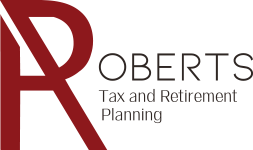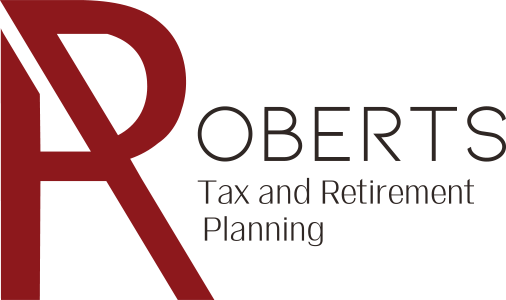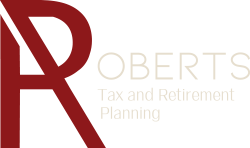The purpose of IRS form W-4 is to tailor withholding from a paycheck so that the right amount is pulled each pay period. If withholding is done correctly, at tax filing time, the amount paid or refunded will be very small. While a large refund may feel like a bonus, it is actually nothing but an interest free loan to the US Treasury over the previous year. This money could have been used to further the taxpayer’s other financial goals.
The form W-4 uses the term “allowances” to determine the withholding rate. Many taxpayers confuse this term with the term “exemptions” on the 1040 tax return form and believe that they must match the number of allowances with the number of exemptions. Doing this will result in significant excess withholding.
While the W-4 form offers general guidance on deciding the number of allowances, the real number is whatever number works for the taxpayer’s specific situation to produce a near neutral tax bill at filing time.
A common method of adjusting withholding is to simply examine the results from the previous filing year. If a large refund was received, increase allowances by one. Given a stable income, this can result in a neutral status in a few years.
Alternatively, tax professionals can calculate the correct allowance number for more complicated situations or to simply reach withholding neutrality at once. It is even possible to use the “additional amount” option on the W-4 to fine tune withholding between the allowance steps.
With tax filing in the recent past, this is a good time to examine current withholding and adjust to achieve the correct withholding rate. Please contact us, if we can help.







